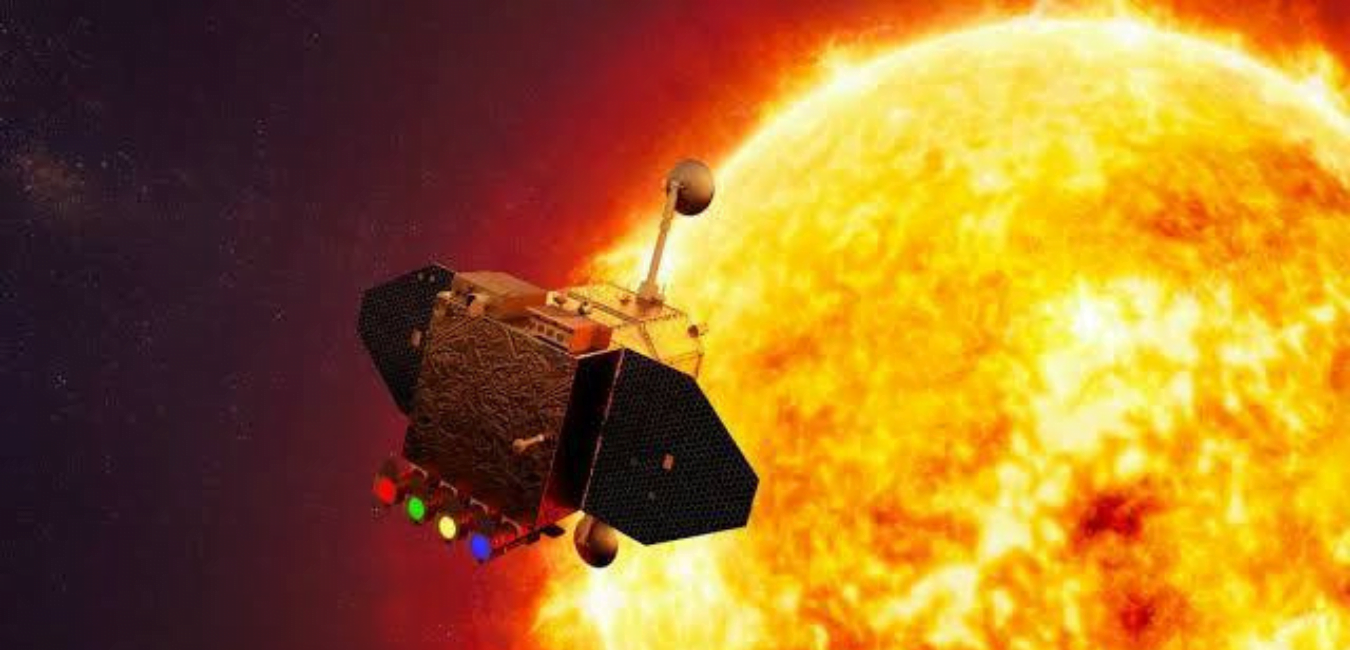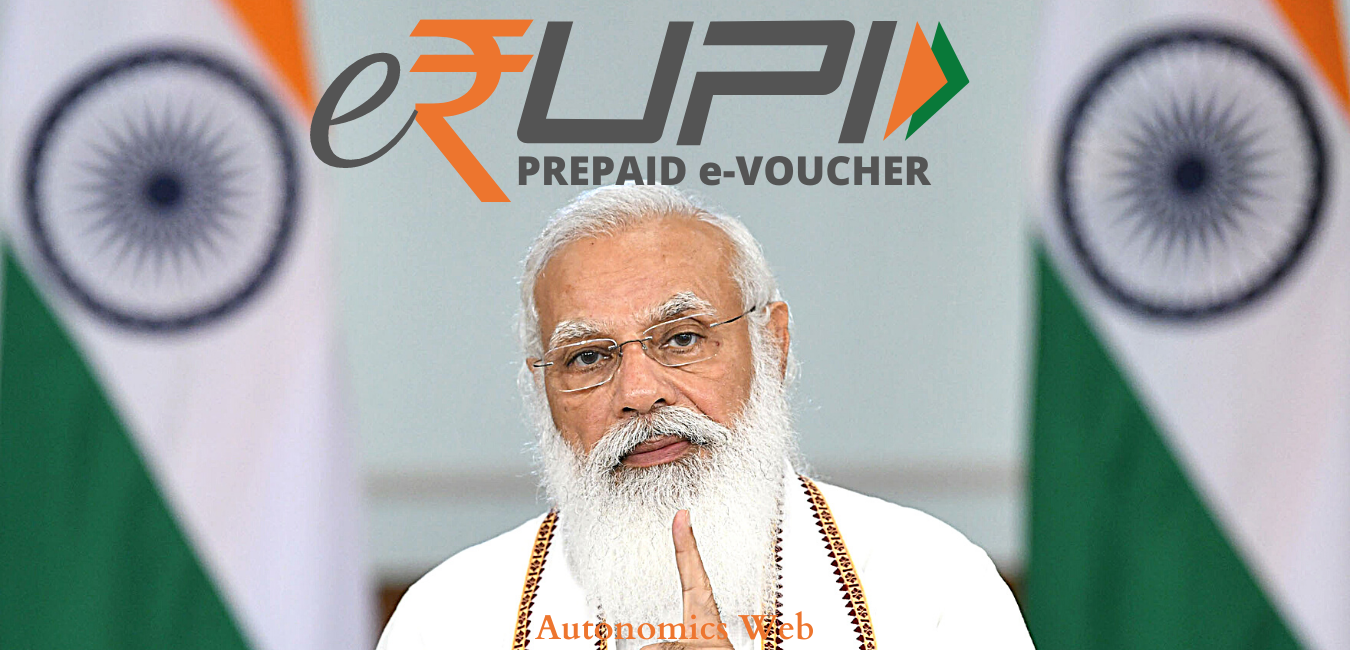India’s first space-based solar mission, Aditya-L1, was taken off from the Satish Dhawan Space Centre in Sriharikota on September 2, 2023.
Aditya-L1 is a solar observatory designed and developed by the Indian Space Research Organization (ISRO) and various other Indian research institutes.
Aditya-L1 is currently on its way to the Lagrange 1 point, from where it will study the solar atmosphere, solar magnetic storms, and their impact on the environment around the Earth. It is the first Indian mission dedicated to observing the Sun.
The mission aims to study the Sun and its activities, including solar flares and coronal mass ejections, which can have a significant impact on Earth’s climate and weather patterns.
Aditya-L1 will be placed in a halo orbit around Lagrangian point 1 (L1) of the Sun-Earth system, which is about 1.5 million km from Earth.
The spacecraft will carry seven scientific instruments that will observe and study the solar corona (the outermost layer), the photosphere (the Sun’s surface or the part we see from the Earth), and the chromosphere (a thin layer of plasma that lies between the photosphere and the corona).
🚀 Congratulations to @isro for the successful launch of Aditya L1, India’s first mission to study the Sun! 🌞 🛰️ Aditya L1 will orbit around the Sun-Earth Lagrangian point L1 and observe the solar corona, photosphere, chromosphere and solar wind. 🔭 👏 This is a historic… pic.twitter.com/RZdPqCCPRi
— Autonomics Web (@AutonomicsWeb) September 2, 2023
This study will help scientists understand solar activity, such as solar wind and solar flares, and their effect on Earth and near-space weather in real time.
How long will Aditya-L1 take to reach its destination?
Aditya-L1’s journey to the Lagrange 1 point will last approximately “109 Earth days” following its launch on September 2, 2023. It will travel “15 lakh kilometers” from Earth to reach its new home.
Why is it important to study the sun?
Studying the Sun can help scientists understand more about other stars in the Milky Way galaxy, and about stellar objects in other galaxies. Variations of the Sun’s output do occur, and these affect the Earth’s climate. Indeed, tree ring studies and ice core studies indicate a correlation between Earth’s ice ages and the Sun’s activity.
NASA studies the sun for numerous reasons, such as to better understand how its ever-changing conditions can influence Earth, other worlds, and even space itself.
How will Aditya-L1 study solar magnetic storms?
Aditya-L1 will study solar storms triggered by coronal mass ejections that can impact Earth, including by potentially damaging satellites in space. It will provide observations of the sun’s photosphere, chromosphere, and corona.
In addition, an instrument will study the solar energetic particles ‘ flux reaching the L1 orbit, while a magnetometer payload will measure the variation in magnetic field strength at the halo orbit around L1.
What are some of the instruments on board the Aditya L-1?
Aditya-L1 carries seven payloads on board, with four for remote sensing of the Sun and three for in-situ observation. The instruments of Aditya-L1 are tuned to observe the solar atmosphere, mainly the chromosphere and corona. In-situ instruments will observe the local environment at L1. The payloads include the Visible Emission Line Coronagraph (VELC), the Solar Ultraviolet Imaging Telescope (SUIT), the Solar Low Energy X-ray Spectrometer (SoLEXS), the High Energy L1 Orbiting X-ray Spectrometer (HEL1OS), the Aditya Solar Wind Particle Experiment (ASPEX), and the Advanced Tri-axial High-Resolution Digital Magnetometers.









